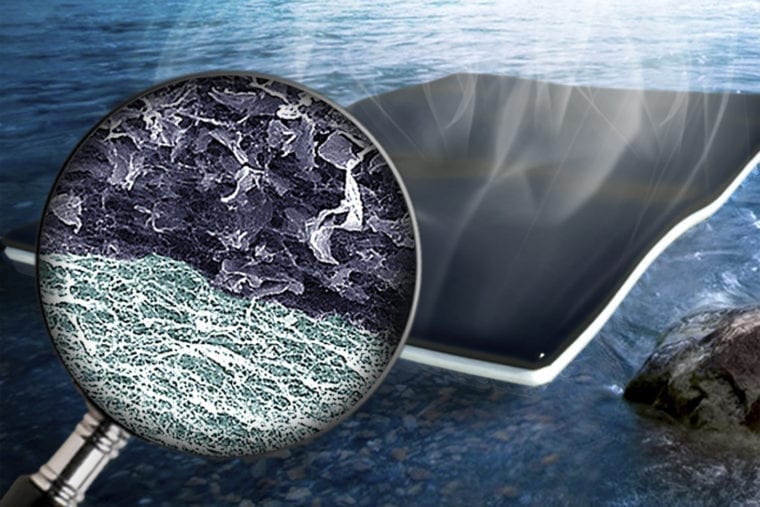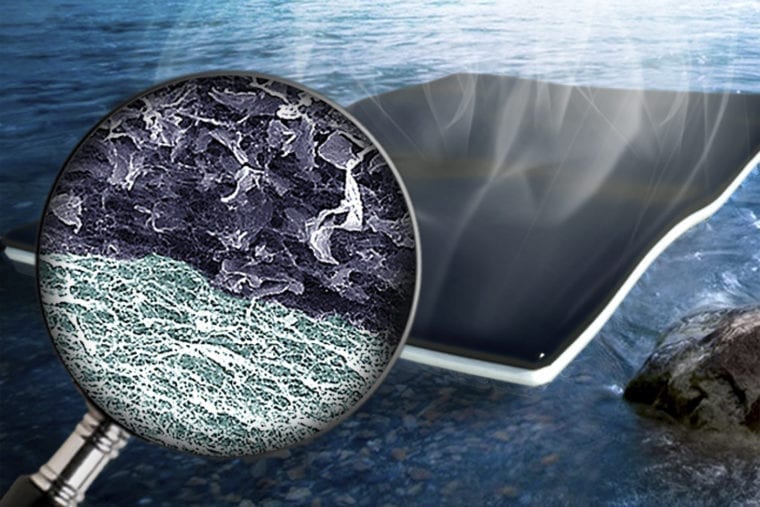
These instruments can explore the oceans like sailplanes
The Leibniz Institute of Marine Sciences (IFM-GEOMAR) in Kiel, Germany, recently obtained the biggest fleet of so-called gliders in Europe. These instruments can explore the oceans like sailplanes up to a depth of 1000 metres. In doing so they only consume as much energy as a bike light. In the next years up to ten of these high-tech instruments will take measurements to better understand many processes in the oceans. Currently scientists and technicians prepare the devices for their first mission as a ‘swarm’ in the tropical Atlantic.
They may look like mini-torpedoes, yet exclusively serve peaceful purposes. The payload of the two-metre-long yellow diving robots consists of modern electronics, sensors and high-performance batteries. With these devices the marine scientists can collect selective measurements from the ocean interior while staying ashore themselves. Moreover, the gliders not only transmit the data in real time, but they can be reached by the scientists via satellite telephone and programmed with new mission parameters.
As such the new robots represent an important supplement to previous marine sensor platforms.
“Ten year ago we started to explore the ocean systematically with profiling drifters. Today more than 3000 of these devices constantly provide data from the ocean interior,” explains Professor Torsten Kanzow, oceanographer at IFM-GEOMAR. This highly successful programme has one major disadvantage: the pathways of the drifters cannot be controlled.
“The new gliders have no direct motor, either. But with their small wings they move forward like sailplanes under water,” says Dr. Gerd Krahmann, a colleague of Professor Kanzow. In a zigzag movement, the glider cycles between a maximum depth of 1000 metres and the sea surface.
“By telephone we can ‘talk’ to the glider and upload a new course everytime it comes up,” explains Krahmann. A glider can carry out autonomous missions for weeks or even months. Every glider is equipped with instruments to measure temperature, salinity, oxygen and chlorophyll content as well as the turbidity of the sea water.
First published in 2010
The Latest on: Robotic ocean exploration
[google_news title=”” keyword=”Robotic ocean exploration” num_posts=”10″ blurb_length=”0″ show_thumb=”left”]
via Google News
The Latest on: Robotic ocean exploration
- Looking for life on Enceladus: What questions should we ask?on May 9, 2024 at 10:44 am
Does life exist beyond Earth? One of the most compelling places to consider this possibility is Enceladus, a moon of Saturn with a liquid water ocean encased in a frozen shell. There, plumes of water ...
- 5 Active Hydrothermal Vents Discovered Deep in Eastern Pacific Ocean—What Does This Mean?on May 7, 2024 at 9:55 pm
Situated at a depth of 2,550 meters, these vents represent fascinating phenomena where scorching water erupts through the ocean floor.
- Scientists find five new hydrothermal vents in Pacific Oceanon May 1, 2024 at 10:20 am
by making use of the unique strengths offered by robotic and human exploration of the deep seafloor. The newly discovered vents are located on the East Pacific Rise (EPR) near 10°N latitude, a part of ...
- FathomVerse: Harnessing AI and Gaming to Guide Ocean Explorationon May 1, 2024 at 9:00 am
FathomVerse combines immersive imagery, engaging gameplay, and cutting-edge science to help improve the artificial intelligence tools needed to study marine life and assess ocean health. A new mobile ...
- FathomVerse mobile game inspires a new wave of ocean explorationon May 1, 2024 at 9:00 am
and contribute to ocean exploration,” said GAF van Baalen, game director at &ranj Serious Games. Cameras on MBARI’s advanced underwater robots have helped our scientists discover remarkable new ...
- This Remotely-Controlled Robot Can Revolutionize Underwater Missions With 'Fin-Tastic' Featureson April 30, 2024 at 8:49 am
With HERO-BLUE now at the center of underwater discoveries, this not-so-common robot will impress you with its unique set of skills from the get-go.
- NASA’s Latest Tech Triumphs: AI, Robots & Space Explorationon April 29, 2024 at 10:22 am
Explore how NASA's 2024 breakthroughs in AI and robotics are revolutionizing space exploration and Earth monitoring.
- NASA’s snake-like EELS robot impresses in early testsssssssson April 10, 2024 at 5:00 pm
A new snake-like robot being developed at NASA’s Jet Propulsion ... several kilometers of ice to reach the moon’s subsurface ocean — a challenging task, he says, but “it might be able ...
- deep ocean explorationon February 29, 2024 at 4:00 pm
Studying the ocean given its influence on the rest of ... a cyborg jellyfish was more effective than biomimetic jellyfish robots, and have now given the “biohybrid robotic jellyfish” a 3D ...
- Robots that share their feelingson May 31, 2019 at 9:31 pm
Behind the robotic lunar rover in China’s Chang’e-3 unmanned lunar exploration mission was remote ... such as the deep ocean or in space. For the human-robot communication needed for a ...
via Bing News










